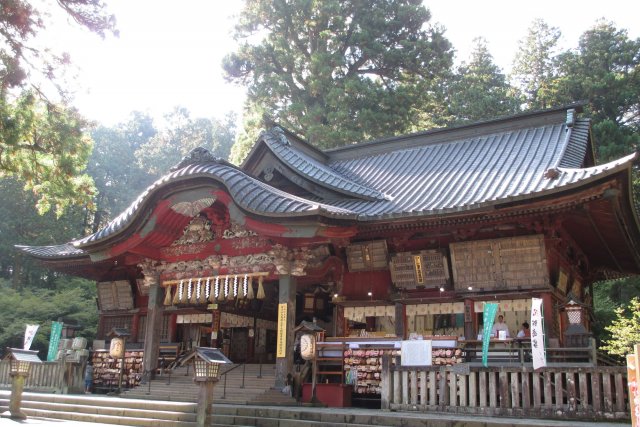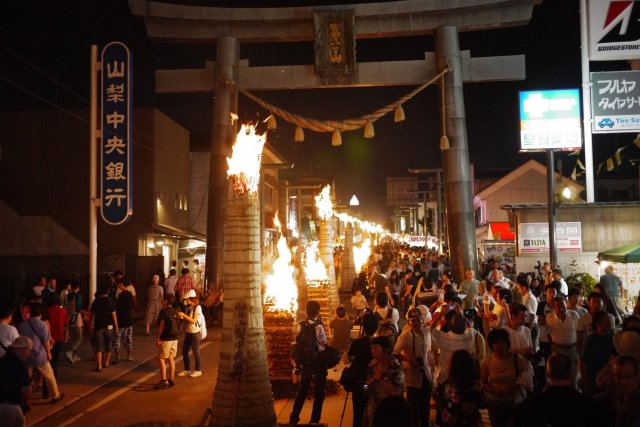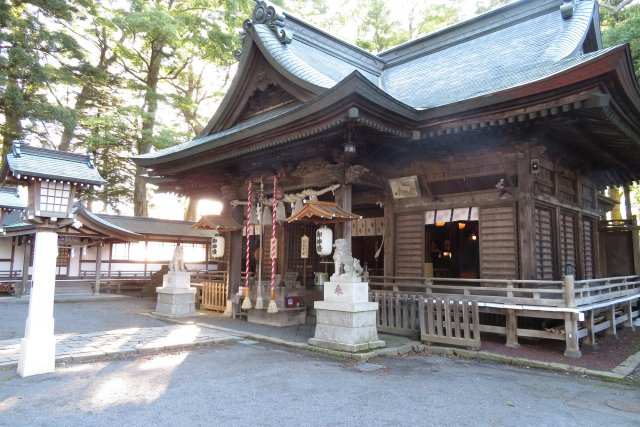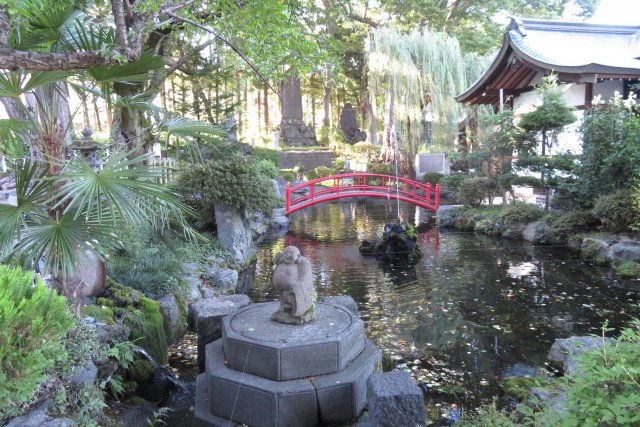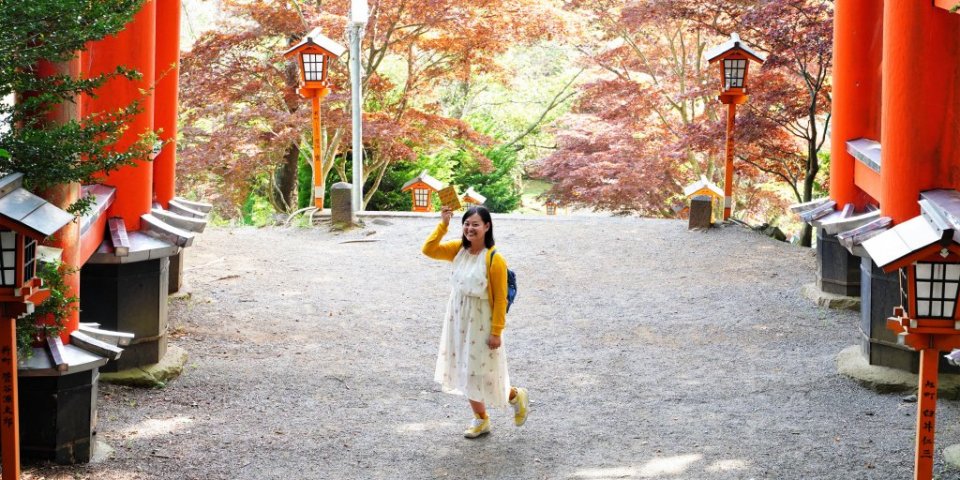
Handmake a one-of-a-kind goshuincho temple stamp booklet and visit some local shrines to start your very own temple stamp collection.
START
1
LIFE STYLE SHOP ALT STYLE(Making a Red Ink Stamp Collection Book)
A local boutique offering fashion items, local goods, novelty gifts, interior decor, and more
-
A shop stocked with something for everyone, perfect for gift shopping.
Craft workshops to make Goshuincho temple stamp booklets with local textiles are also offered by request.
Approx. 7 min by car
2
Kitaguchi Hongu Fuji Sengen Jinja Shrine
The spiritual center of Fujiyoshida with a history of over 1,900 years
-
This shrine is said to have had its start in 100 A.D., when a small shrine was built to celebrate the visit of prince Yamato Takeru-no Mikoto to this hill when he was on his way to Kai Province from Hakone. Later in 788, an altar was built to enshrine Sengen God at the present site to halt the frequent eruptions of Mt. Fuji.
While Mt. Fuji had been worshipped since ancient times and regarded as sacred, with the rise of mountain worship, people eventually began climbing mountain for ascetic training and this shrine became a basis of Mt. Fuji worship. In the Edo era, "Fuji-ko" worship gained explosive popularity and this area flourished as its sacred spot. The site was designated as one of Mt. Fuji World Heritage Site Assets in 2013.
Approx. 6 min by car
3
Arayayama Shrine(main shrine)
One of Japan's three main money fortune shrines
-
The enshrined deity has been worshipped as a guardian of mountains since ancient times, and as a guardian of local industries by many people engaged in forestry, agriculture, and construction.
Thanks to the recent popularity of "power-spots" places throughout Japan thought to have special mystical energy, the shrine attracts many visitors pray for prosperity and good luck.
※Caution※
Okumiya (the rear shrine) of Araya Yama Jinja Shrine cannot be accessed from December ~ late April because the road is closed in winter.
Approx. 24 min by car
4
Arayayama Shrine(rear shrine)
One of Japan's three main money fortune shrines
-
The enshrined deity has been worshipped as a guardian of mountains since ancient times, and as a guardian of local industries by many people engaged in forestry, agriculture, and construction.
Thanks to the recent popularity of "power-spots" places throughout Japan thought to have special mystical energy, the shrine attracts many visitors pray for prosperity and good luck.
※Caution※
Okumiya (the rear shrine) of Araya Yama Jinja Shrine cannot be accessed from December ~ late April because the road is closed in winter.
Approx. 31 min by car
5
Omuro Sengen Jinja Shrine (Shimosengen)
A beloved neighborhood shrine where visitors are greeted by horses
-
A beloved neighborhood shrine known by locals as "Shimosengen" located in the center of the Shimoyoshida neighborhood. It is said to have first been built in 807 and has served as a spiritual site for the people of the region ever since. It is famous for its Tsutsugayu Festival held annually on January 14-15 which predicts the year's agricultural yield and number of Mt. Fuji climbers and is a tradition that's continued for over 800 years. Another famous festival, the Yabusame Festival, is held annually on September 18-19. Though Yabusame Horseback Archery Festivals exist throughout the country, the festival here differs from others as it does not focus on the technical archery but on the hoof tracks left by the horses which are analyzed after each round to tell the neighborhood's fortunes in the coming year.
Approx. 7 min by car
6
Arakura Fuji Sengen Shrine
A beautiful shrine with nearly 300 cherry blossom trees and striking red torii gate
-
The shrine was founded in 705 to enshrine the deity of the site. Following the great eruption of Mt. Fuji in 807, the emperor dispatched an imperial envoy to this shrine to perform a ritual to halt the eruption. It is said that during the Warring States Period, when Takeda Nobutora, the father of a famous warlord Takeda Shingen, battled with the Hojo Family, he set up camp here, prayed for victory, and won the battle. He then dedicated his sword to this shrine.
Today, locals and those from afar visit the shrine to ward off evil, to pray for family happiness, and safe childbirth. In the spring, the cherry blossom trees bloom and crowds gather to enjoy the stunning view of Mt. Fuji.
GOAL









